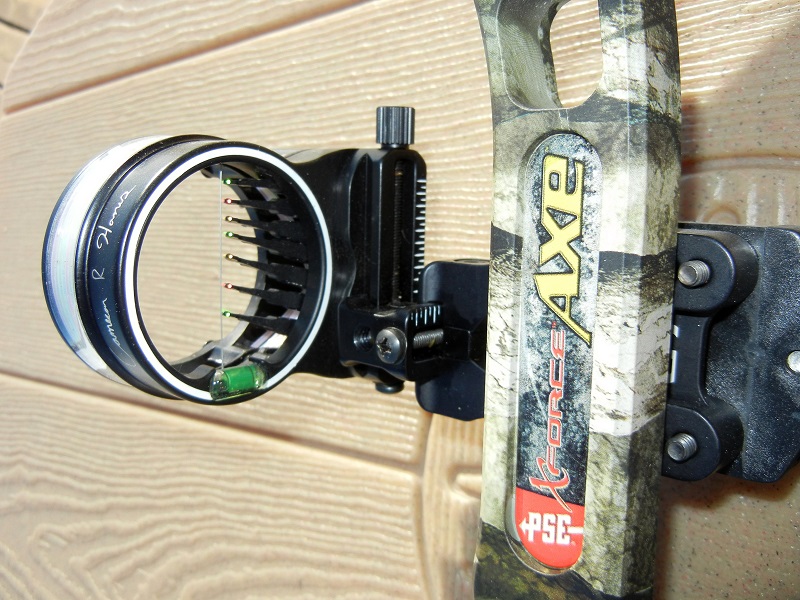Take care of your archery equipment, and it will take care of you.
We’ve all been there. That buck you’ve been waiting for, steps out. You drew and all was right with the world. Then it happened. Beyond comprehension, the moment you released the string, something went terribly wrong. Off the mark, your errant shot resulted in either a miss or even worse – a wounded animal. After the dust settled, you checked your bow and learned it’s hitting far left and low. You ask why? Then, after a bit of trial-and-error shooting, you realize you had neglected to maintain your bow and/or arrows.
This frustrating scenario is more common than you might think. For every bowhunter I know who diligently preens his or her equipment, ensuring that every string, cable, serving, bolt, limb and cam on their bow, and yes even their arrows themselves are in peak working condition, there are four others who don’t. Talk to your local bow tech and they’ll confirm. Today’s compound bows and arrows are technical pieces of equipment. Routine maintenance is key to ensuring accuracy in the field. Here’s what you need to know to regularly inspecting and maintaining them.
STRING & CABLE CARE
String wear is inevitable. By regularly servicing it every couple hundred shots, you can keep it in top working condition. A quick visual inspection can indicate the need for waxing. If it appears to be frayed, dry or gray in color, or no longer feels tacky to the touch, it needs attention.
With various alternatives on the market, companies like Bohning and TenPoint make bowstring wax and conditioner. Simply apply a modest coating and thoroughly work it into the strands by working it into the string fibres. Create friction between your thumb and forefinger until it warms, essentially melting and absorbing the wax into the strands. Keeping your string in top condition will extend its life and keep it moving freely through the cable guards. If it is seriously frayed, replace it altogether. Also, be careful not to apply wax to the serving, or the part that travels around the cam.

With a durable coating on them, cables are generally tough, but should be regularly inspected for wear and damage as well. Damaged strings and cables should be replaced.
Bowstrings also stretch, and some more than others. This can cause timing between the top and bottom cam to be out of sync. Each should roll over at the same time and to the same degree. If one is ahead of the other, adjustments must be made to ensure precision.

CHECK & TIGHTEN BOLTS
Most of today’s compound bows are well-engineered. Designed for precision, if all of the parts are assembled correctly and all screws tightened properly, they perform as well as the archer can shoot them. If, on the other hand, screws or bolts are loose, problems will eventually arise. Every time you shoot your bow, stored energy is delivered through the limbs and other parts of the bow. Resulting shock and vibrations eventually cause bolts to loosen.

Using an imperial Allen key set or Phillips screwdriver, routinely check and ensure that all bolts and screws are snug. Be careful not to overtighten. The most commonly affected are the ones that receive the most stress, i.e., draw length bolts on the cam module, draw stops, cable guard and string stop bolts. Be sure to also service all bolts that attach and hold accessories, like arrow rests, sights and stabilizers, in place. Nothing is worse, or potentially even more dangerous, than have a bolt fly off your bow or a sight go airborne when you’re shooting. Some people will use lock-tite to secure various bolts. Bohning, for instance, advertises that their Tex-Tite Wax can also be used to help hold bolts in place by applying a little wax to the threads before insertion and tightening.

ARROWS
Whenever you pick up a new batch of shafts, regardless of which arrows you choose, it’s good practice to do a spin test on every arrow, then run each arrow shaft tip through an arrow square to true up the tip before gluing in the insert. Ensure that there is no wobble at all as the arrow spins. Bent or otherwise broken arrows won’t fly properly and should be discarded. Know that some damage is almost undetectable, and not all arrows are the same. Some are straighter than others – yes, even when they are new.

Then, after shooting arrows at the range, regularly check them for dings, bends, or other damage by doing a spin test – either using a commercial spin tester or spinning them by hand.
Carefully inspect the field tips for irregularities and fine splinters, make sure inserts are in tight, broadheads are all sharp, in good repair, and that they’re seated properly as well. If vanes or other fletching are damaged, replace immediately.
In the end, its all about taking care of your equipment, with the goal of shooting accurately and avoiding hassles or incidents in the field.


Hi Kevin,
The Bow Bully here, great blog! It’s amazing how often it can be forgotten things need maintained or else! We get so busy with day to day and leave off crucially important tasks, thanks for encouraging us to accomplish great things and leave the failures behind.
Happy flinging the string!
-The Bow Bully